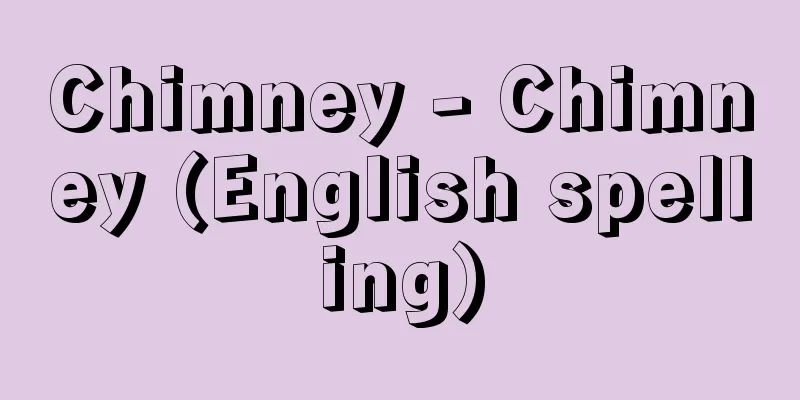Vsevolod Illarionovich Pudovkin

|
Soviet film director, actor, and theorist. Born on February 6 in Penza in the Volga region. Studied at Moscow University's Faculty of Science, served in the army during World War I, and entered the First State Film School in 1920, where he experienced acting, scriptwriting, assistant director, and art direction. In 1922, he joined the Kuleshov Studio, and while working as an actor, he was also deeply influenced by Kuleshov's experiments with montage. As a director, he directed the short comedy Chess Mania (1925, co-director) and a film adaptation of Pavlov's theory, The Mind's Work (1926), before achieving instant fame with the feature film Mother (1926), based on a novel by Gorky. Mother became a classic of the silent film era, on a par with Eisenstein's Battleship Potemkin (1925), due to its excellent acting, meticulous composition and editing, powerful crowd scenes, and suggestive montage. He subsequently released such masterpieces as The Last of St. Petersburg (1927) and Storm in Asia (1928), and became a good rival of Eisenstein, becoming internationally known for his theoretical writings. His first talkie was The Deserter (1933), but in the second half of the 1930s he toned down his experimental aspects in favor of socialist realism, and moved primarily into the realm of biographical films, such as Suvorov (1941) and Admiral Nakhimov (1946). His works The Film Director and Film Materials, On the Screenplay (both 1926), and On the Film Actors (1934) were translated into many languages and became well-known. He died in Riga on June 30th. [Kenji Iwamoto] Documents List of Director's Works Chess Maniac (co-directed with Nikolai Shpikovsky) Shakhmatnaya goryachka (1925) "Theory of Movie Actors" (1952, Miraisha) translated by Umakami Yoshitaro Source: Shogakukan Encyclopedia Nipponica About Encyclopedia Nipponica Information | Legend |
|
ソ連の映画監督、俳優、理論家。2月6日ボルガ地方のペンザに生まれる。モスクワ大学理学部に学び、第一次世界大戦に従軍、1920年第一国立映画学校に入り、俳優、脚本家、助監督、美術係などを経験する。1922年クレショフ工房に参加、俳優として協力する一方、クレショフのモンタージュ実験に大きな影響を受ける。監督としては短編喜劇『チェス狂』(1925、共同監督)、パブロフ学説の映画化『頭脳のはたらき』(1926)を経て、ゴーリキー原作による長編劇映画『母』(1926)で一躍名声を得る。『母』は、俳優の優れた演技、細かい画面構成と編集、力強い群集シーン、暗示的モンタージュなどによって、エイゼンシュテインの『戦艦ポチョムキン』(1925)と並ぶサイレント映画期の古典となった。以後、『聖ペテルブルグの最後』(1927)、『アジアの嵐(あらし)』(1928)と力作を発表、エイゼンシュテインのよきライバルとなって理論的著作でも国際的に知られるようになった。トーキー第一作は『脱走者』(1933)だが、1930年代後半からは社会主義リアリズム路線のため実験色を薄め、『スウォーロフ』(1941)、『ナヒモフ提督』(1946)ほか、もっぱら伝記映画の領域へ移ってしまった。著作の『映画監督と映画の材料』『映画脚本論』(ともに1926)、『映画俳優論』(1934)は各国語に翻訳され親しまれた。6月30日リガに没。 [岩本憲児] 資料 監督作品一覧チェス狂[ニコライ・シピコフスキーとの共同監督] Shakhmatnaya goryachka(1925) 『馬上義太郎訳『映画俳優論』(1952・未来社)』 出典 小学館 日本大百科全書(ニッポニカ)日本大百科全書(ニッポニカ)について 情報 | 凡例 |
>>: Khutbah (English spelling)
Recommend
Periodic profit and loss calculation
Periodic profit and loss calculation is the calcul...
House of Stuart - Stuart
A British dynasty that experienced the Puritan Re...
Broom corn (English spelling)
An annual grass of the grass family cultivated for...
Manchurian baccata (English spelling)
… [Mitsuru Hotta]... *Some of the terminology tha...
Hermes Trismegistos
A Greek god's name meaning "Three-fold (i...
Procaine hydrochloride - Ensanprocaine
It is a local anesthetic designated as a highly t...
Mount Kano
This mountain is located in the southern part of ...
Alfred Hill
...The band visited Japan several times between 1...
Washington clam (milk mussel)
A bivalve mollusks of the family Muscidae (illustr...
Old Calabar
…Located at the mouth of the Calabar River near t...
Otani Mausoleum - Otani Byodo
…In 1272 (Bun'ei 9), with the cooperation of ...
Japan Weather Association - Nihonkishokyokai (English)
A foundation that provides weather information ser...
Ginkgo fern - Ginkgo fern
A small evergreen fern of the family Pteridophyce...
Akobujo - Akobujo
〘Noun〙 One of the Noh masks. A mask that depicts a...
Land Warfare
〘 noun 〙 Land battle. ※ Seiyo Kibun (around 1725) ...






![Namiai [village] - Namiai](/upload/images/67cc67f81f78c.webp)


